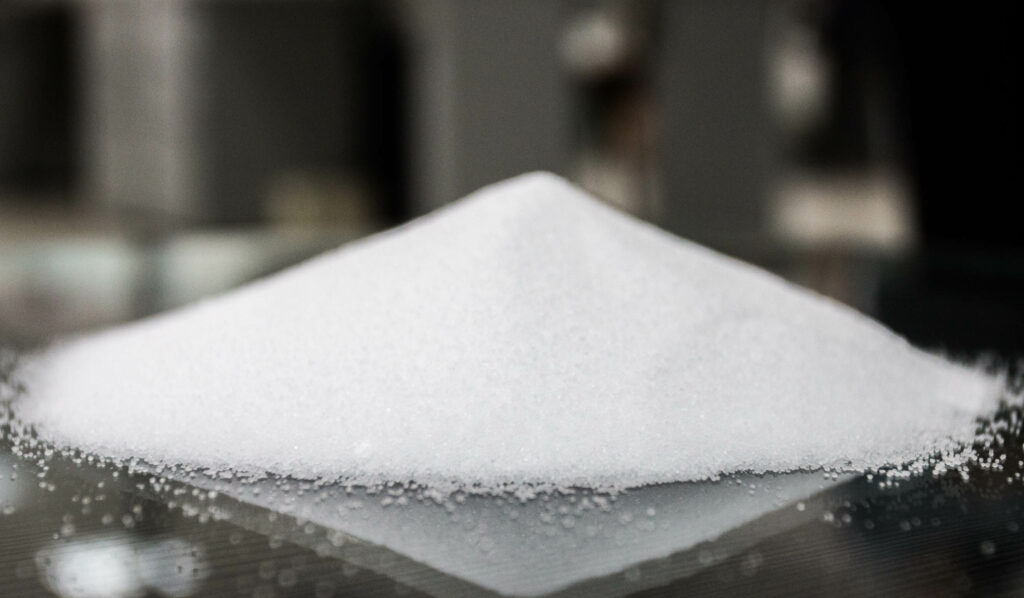The quaternary ammonium compounds are a family of antimicrobial compounds considered as potent in its disinfectant activity cationic actives, since they are active to eliminate gram positive and gram negative bacteria, although the latter to a lesser extent. They are bactericidal, fungicidal and virucidal. Its activity is performed on both the acidic and alkaline, although the latter shows better actions. They are compatible with cationic surfactants, nonionic and amphoteric.
They are generally colorless or yellowish, non-irritating and deodorants. Chemical structure at low temperatures tend to “gelarse” but recover their liquid to entibiarlos. They also have a cleansing action and are soluble in water and alcohol. Have as a basic structure to the ammonium ion (NH4) to be modified which results in different generations.
Derivatives of quaternary ammonium, benzalkonium chloride was the first compound of this type introduced in the market and it is also referred to as chloride N-Alkyl Dimethyl Benzyl Ammonium, wherein the alkyl chain can have variations in the composition of carbon number . The alkyl chains of 12 and 14 carbons, are those with greater antibacterial power. This molecule is still widely used in hospital and veterinary disinfection, bactericidal and deodorant use foot powders and topical disinfectants.
The quaternary ammonium compounds called second generation (etilbencil chloride) and third generation (mixture of first and second generation ie benzalkonium chloride and Alkyl Dimethyl Ethyl Benzyl Ammonium) are most active compounds remaining in the presence of hard water . Its bactericide action is attributed to the inactivation of enzymes, denaturation of proteins and the vital cell membrane breakage. They are usually considered as disinfectants at concentrations of 0.25% to 1.6% for disinfecting surfaces such as floors and walls. Quaternary third generation have an increased biocidal activity, increased detergency and an increase in bacterial resistance to the continued use of a single molecule.
Quaternary fourth generation improperly known “Twin or Dual Chain Quats” or quaternary “twin chain” products are quaternary linear dialkyl chains without benzene ring, as Didecyl Dimethyl Ammonium Chloride and Dioctyl Dimethyl Ammonium Chloride or Chloride octyl Decyl Ammonium each isolate. These quaternary germicide are superior in activity are low foaming and have a high tolerance to protein loads and hard water. Recommended for disinfection in food and beverage industry, because it can be applied by low toxicity.
Finally, the fifth generation, are mixtures of the fourth generation to second generation, ie: Didecyl dimethyl ammonium chloride + alkyl dimethyl benzyl ammonium chloride + alkyl dimethyl ethylbenzyl ammonium + … other varieties according to the formulations. The fifth generation has a greater germicidal performance in harsh conditions and is safe to use.
The application of the Quaternary covers several areas, including for:
Overall sanitation of utensils and equipment.
Disinfection of hospitals, toilets, medical instruments.
Disinfection in meat processing plants and foods, dairy and related industries.
Disinfection of clothes in laundries, hospitals, home, etc
For the control and inhibition of fungi in footbaths
For the control of algae in swimming pools and industrial water recirculation systems
Antiseptics to disinfect skin and udders of cows, as well as the hands of personnel responsible for milking.
For controlling bacterial slats commonly found in industrial processes.
In the textile and paper industries for the purpose of imparting bacteriostatic properties, controlling and inhibiting microbial growth.
To control the microorganisms found in the injection water used in secondary oil recovery.


